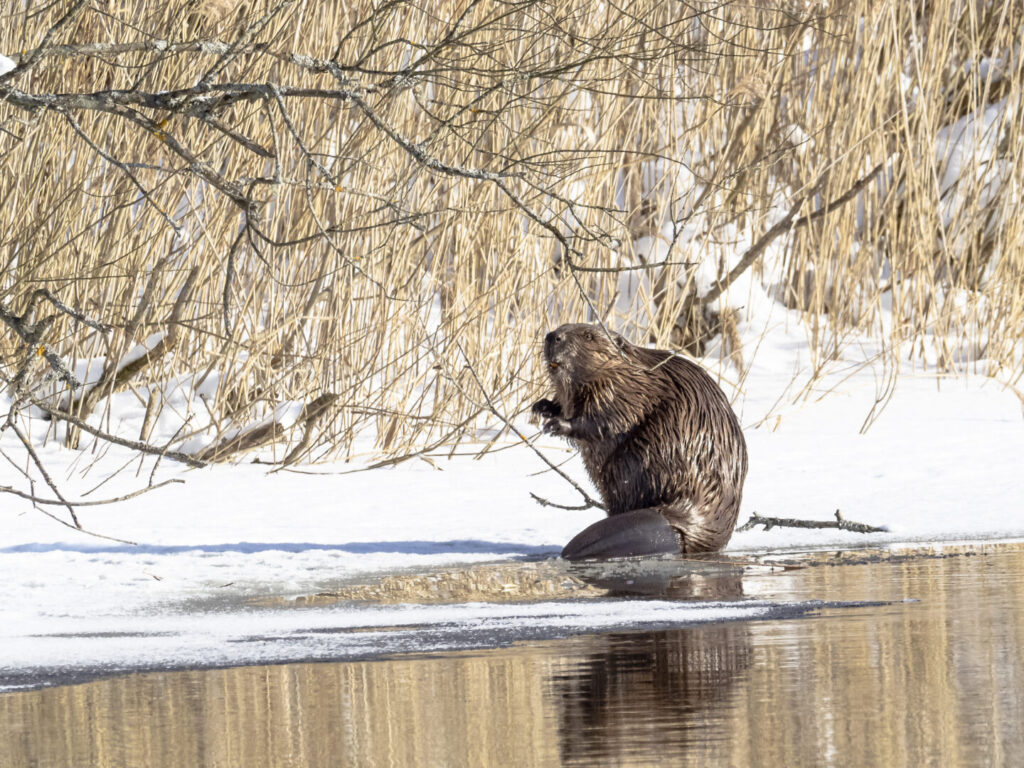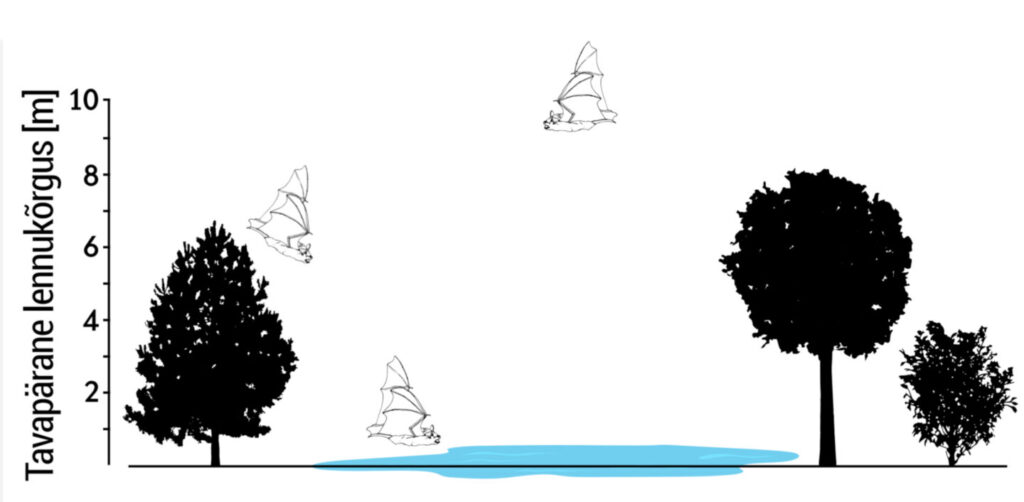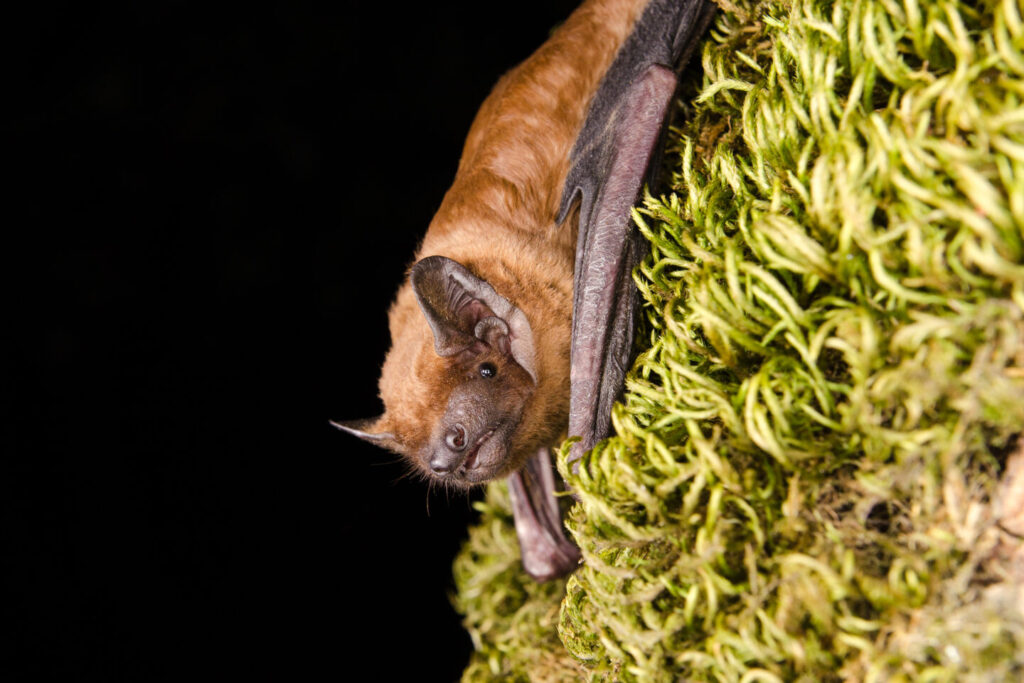Around 20 species of mammals live near Lake Arbi. Some of them are semiaquatic mammals that use both terrestrial and aquatic environments, such as the Eurasian beaver (Castor fiber), otter (Lutra lutra) and the water vole (Arvicola terrestris). You can also meet squirrels (Sciurus vulgaris) and hedgehogs (Erinaceus europaeus) or different species of mustelids, for example, pine martens (Martes martes).

From time to time Estonia’s largest rodent, the Eurasian beaver, has lived in Lake Arbi. Photo: Rein Kuresoo
People usually go for a walk in the daytime, but it is also worth coming in the dark. Then you can meet bats flying above and near the lake. Waterbodies and the riparian habitats surrounding them are good feeding grounds for bats that prey on insects. There are three bat species known to inhabit Lake Arbi – the northern bat, Daubenton’s bat and the noctule, a little further you can also see the pond bat.

Different bat species have a characteristic flight path. From lower to the highest Daubenton’s bat, northern bat and the common noctule.
It is best to spot them during the summer nights with the light sky. Look at the water surface to see the Daubenton’s bats flying close to the surface; looking upwards, you may spot noctules or northern bats flying higher.

The common noctule has a distinctive orange fur and a strong stature. Photo: Rauno Kalda
Bats are remarkable nighttime hunters who can eat up to half of their body weight’s worth of insects each night. This makes them important regulators of insect populations. To find the prey in the darkness, bats use ultrasonic echolocation. This means, when flying, bats emit high frequency calls and wait for the echoes to bounce back. It gives the bat detailed information about its surroundings and enables it to locate even small insects.
Author: Oliver Kalda
Main photo: Ragnar Vutt
